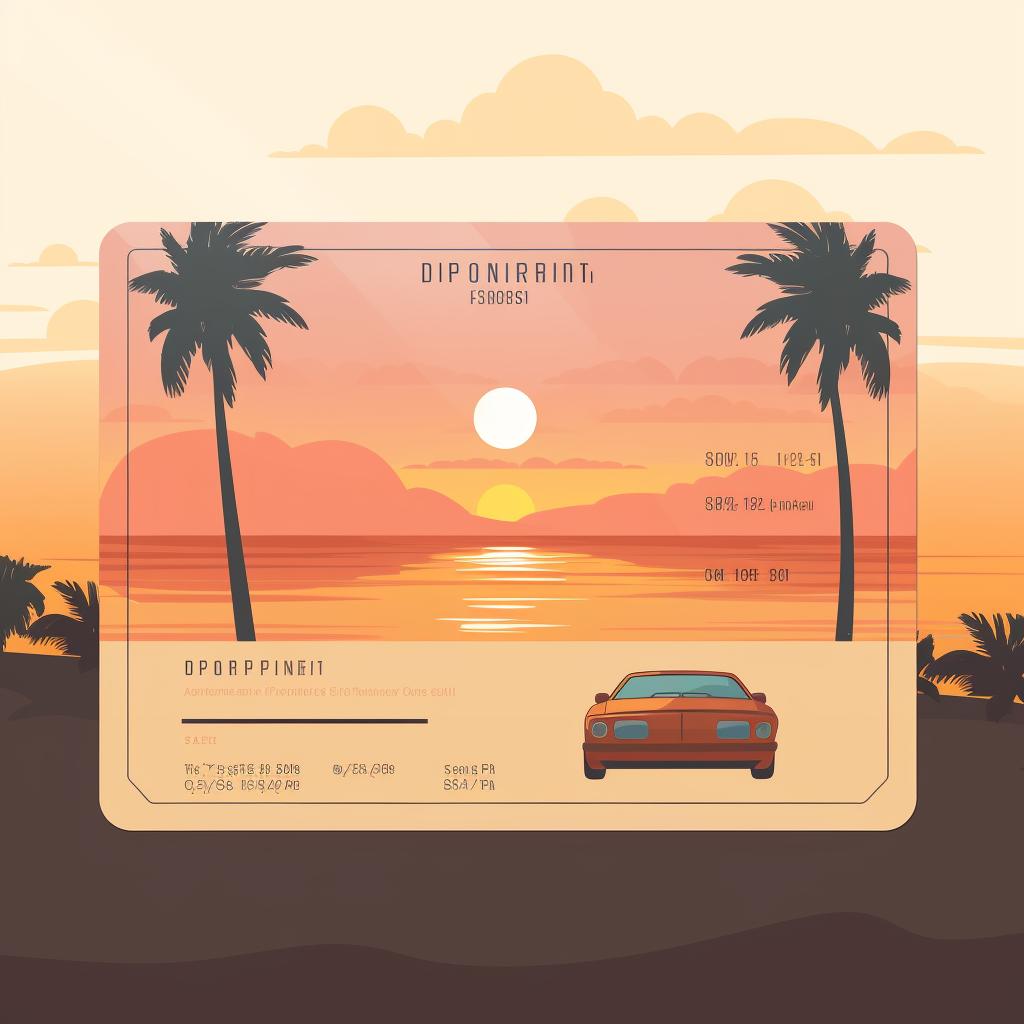🏖️ Guide to Safe Beach Driving
Welcome to your ultimate guide to safe beach driving. Whether you're a seasoned off-roader or a first-time sand navigator, Coast Buddy is here to ensure you have a safe and enjoyable experience. Our step-by-step guide widget above provides you with everything you need to know, from acquiring a beach driving permit to respecting the environment. But let's delve a bit deeper into these steps.
Acquiring a Beach Driving Permit is the first and most crucial step. This permit is not just a piece of paper; it's your ticket to understanding the rules and regulations of beach driving. For more information on how to get your permit, check out our comprehensive guide on Beach Driving Permits in Florida.
Once you have your permit, it's time to Choose the Right Vehicle. A 4WD vehicle is generally recommended for beach driving. But why is that? Learn more about the importance of the right vehicle in our article on Family-Friendly Beaches for Driving.
Next, you need to Equip Your Vehicle with necessary tools such as a tire pressure gauge, recovery boards, shovel, and tow rope. These tools can save your day if your vehicle gets stuck in the sand. For more on this, visit our FAQ on Safety Tips for Beach Driving.
Now, it's time to Learn to Drive on Sand. Driving on sand is different from regular road driving. It requires practice and patience. For some helpful tips, check out our article on Driving Tips and Hacks for Beach Driving.
Finally, always Respect the Environment. Beaches are delicate ecosystems, and we must do our part to preserve them. Stick to designated driving areas to avoid damaging vegetation and disturbing wildlife. Learn more about this in our FAQ on Rules and Regulations for Beach Driving.
Beach driving is an exhilarating experience, but safety should always be your top priority. Follow our guide, respect the rules, and enjoy the adventure!


















